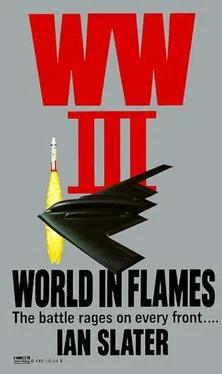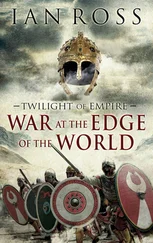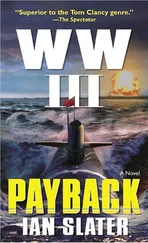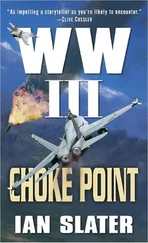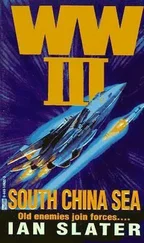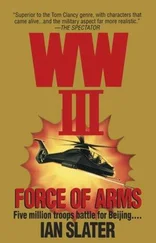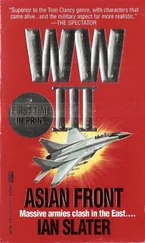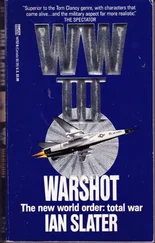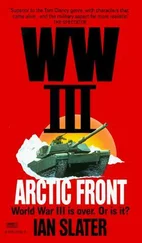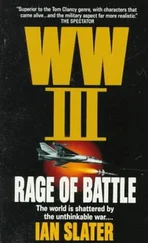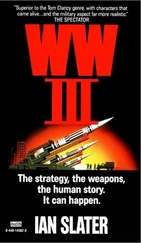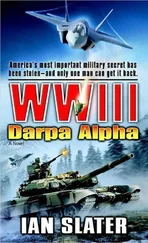The message was intercepted by U.S. intelligence satellite K-14 in geosynchronous orbit over the South China Sea, but as the STAVKA’s code had not been broken, the number series transcript of it was filed — to add to the voluminous piles of other intercepts, which included everything from military traffic to civilian traffic between the United States, Canada, and Asia. Even if the code had been cracked by U.S. intelligence, the chances of it being brought immediately to SACPAC HQ in Tokyo were fifty-fifty due to what insiders habitually called the PHS, or Pearl Harbor Syndrome, referring to the avalanche of information which might contain what you want to know but which, even with computers working flat out, takes hours, often days, to process.
* * *
“I assume we don’t have to stop at Matsue?” Freeman asked Norton as their car drove across from the secluded VIP lounge at Narita to the Boeing. “We can go straight through to Seoul.”
“Yes, sir, and in the morning we fly up to Pakchon — it’s only about thirty miles from the front.”
“Front the front! It will be the front if Creigh doesn’t pull himself together.”
As the car drove across the runway, a dull, thudding sound came from underneath as the clacking of the tires on the cement seams was muffled by the car’s heavy armor-plated chassis. “Those fighters. Remember to have them go off a half hour before us.”
“It’s all arranged, sir. Don’t think there’ll be any problem. Overcast above the Sea of Jap— sorry, sir, over the East Sea. That’ll help hide the big bird. And so far, security seems to be holding up.” By way of underscoring his point, Norton reached forward and took a copy of Stars and Stripes from the pocket by the jump seat. “Here’s a photo of you inspecting the forward troops around Warsaw. You were in Washington at the time.” The headline ran.
FREEMAN CROSSES BORDER — TAKES BREST
DRIVES ON TO MINSK
The look-alike, Freeman had to admit, was very convincing and well rugged up, the military scarf speckled with snow, bundled high against the cold — and close-up shots.
“Yes,” agreed Freeman, obviously pleased, if not by the deception, then by the paper’s announcing to the world at large that his American-led NATO armored column had succeeded in breaking through and were now engaging the Russians on their own soil. Nevertheless, he uncharacteristically intoned a caution. “But can we hold them, Dick?” He paused and put down the paper. “By God, I told my men I don’t want to ever hear we’re holding anything, and last report I get is we’re grinding to a stop, ‘consolidating,’ because Russian subs have been chopping up our Atlantic supply line. We’ve gotta have more gas, Jim, more food, munitions — more of everything before those bastards in Moscow can organize a counter attack. More battles in history have been lost by overextended supply lines than for any other reason.”
“The Russians are stuck, too. General. Snow is neutral.”
“The hell it is. For the Russians it comes with mother’s milk.”
“Maybe, sir, but the fact of the matter is, they are digging in for the moment.”
Freeman nodded, pulling up his coat collar and tightening his belt as he walked unhurriedly in the pouring rain to the plane. “Stuck! But for how long. Jim? Russia’s vast, all right, but their supply problems are still not as rough as ours. We can blow up their rail tracks. They fix them. We blow them up again, they can use horses to haul supplies if necessary. But we have to cross an ocean.” Deep in thought, the general walked up the stairs to the plane. “You know the greatest surprise in this war, Jim?”
“What’s that. General?”
“All the experts said that there would never be trench warfare again because it would be a war of mobility — the fastest-moving war men had ever seen. Fact is, soldiers have never been worn out physically and mentally as fast before — all because of this mobility. At this point in history, both sides are exhausted.” Colonel Norton thought it impolitic to remind the general of what he had said earlier about stress being an excuse for cowardice. Geniuses, he figured, had the right to be inconsistent.
“We’ve got to surprise them, Jim. Somehow we have to—”
“Merlin?” proffered Norton, referring to the plan the general had been working on, a plan so secret that only he, Norton, and his G-2 knew about it.
Freeman shook his head. “Our boys aren’t ready yet, Jim. God knows I’m not known for overcaution, but we’d only have one shot at it. Besides, it’s a last-ditch scenario. Don’t want to use it until I absolutely have to. First let’s try to untie this logjam in Korea, beat the Chinese and North Koreans back over the Yalu. If we do that, we can take pressure off our boys around Brest while our jokers figure out what the hell is going on with our convoys. Something screwy going on with the Russian subs. Well,” he sighed, “at least the Russians don’t seem to know I’m over here.”
“No, sir. Flying over the East Sea’s going to be the most restful part of the trip.”
“Good. I sure as hell could use the sleep.”
As the general buckled up, the Boeing’s jets screaming into high pitch, Norton was called up to the communications console. Moments later, he walked back through the eerily lit alley of winking consoles and computers and handed Freeman a top secret message of unconfirmed gas attacks by PLA— Communist Chinese — forces against several South Korean positions across the Yalu.
The twin-finned MiG 29-A, NATO designation Fulcrum A, was not only top of its class; some NATO pilots believed it to be the best fighter in the world, smaller than the Tomcat, more powerful than the F-18. In ready rooms all along the NATO front, Allied pilots held that, were the Soviets allowed time to produce enough of them, the Allies would no longer have the edge in the European war.
Sergei Marchenko, holder of the Order of Lenin, Hero of the Soviet Union, and Distinguished Flying Medal for his actions both at Fulda Gap at the war’s beginning and later over the Aleutians, where his MiG-27 Flogger D had downed, among others, Frank Shirer’s F-14 Tomcat and where, in turn, Marchenko himself had been downed, snatched from the freezing Bering Sea with only moments to spare, was known by sight to all civilian and military personnel at the huge Khabarovsk air base. Yet he was not liked — there was a hardness about him that was off-putting — a brutal streak, some said. But as a pilot, it was said he had no equal.
In a world of high-tech millisecond avionics, Marchenko’s fame — his ability to make split-second decisions and his extraordinary skill at handling the Fulcrum — had spread throughout the armed services. Not only was he recognized as a natural in the air, but it was common knowledge that despite the best possible connections in Moscow, he had proven himself as an ordinary soldier in the blood and dust of the boynya — “abattoir”—of Fulda Gap, where the sun itself had been obscured by the massive clouds of exhaust, dust, and shellfire from the massed American and Russian armor locked in battle. And even those who saw the killer too often in his eyes acknowledged that, unlike the sons of other important men, he had not placed himself within the highly protected walls of the Kremlin, in the STAVKA’s HQ as an officer, but had volunteered for frontline duty in the Far Eastern TVD. Despite this, he remained a loner, occasionally sociable in the mess and ready room, but always holding something in reserve. The cold, hard streak, which some claimed verged on the sadistic, didn’t show itself, however, until he was in aerial combat.
Читать дальше
